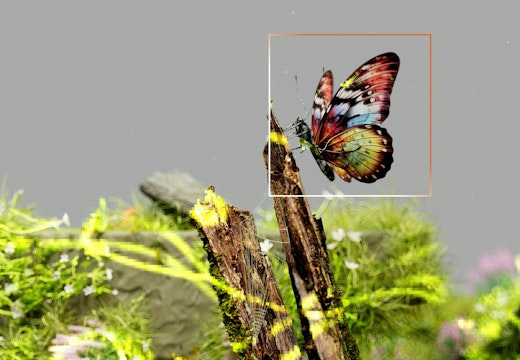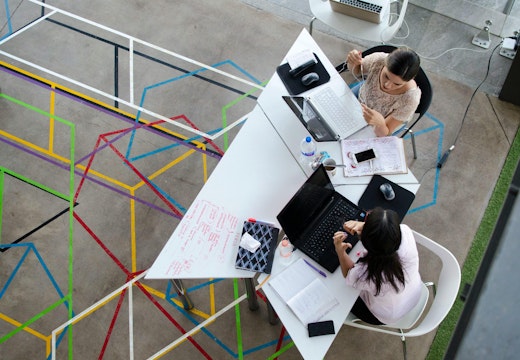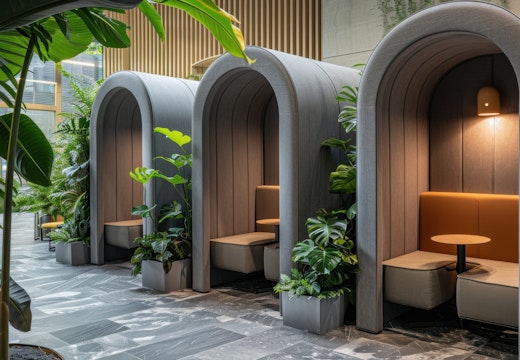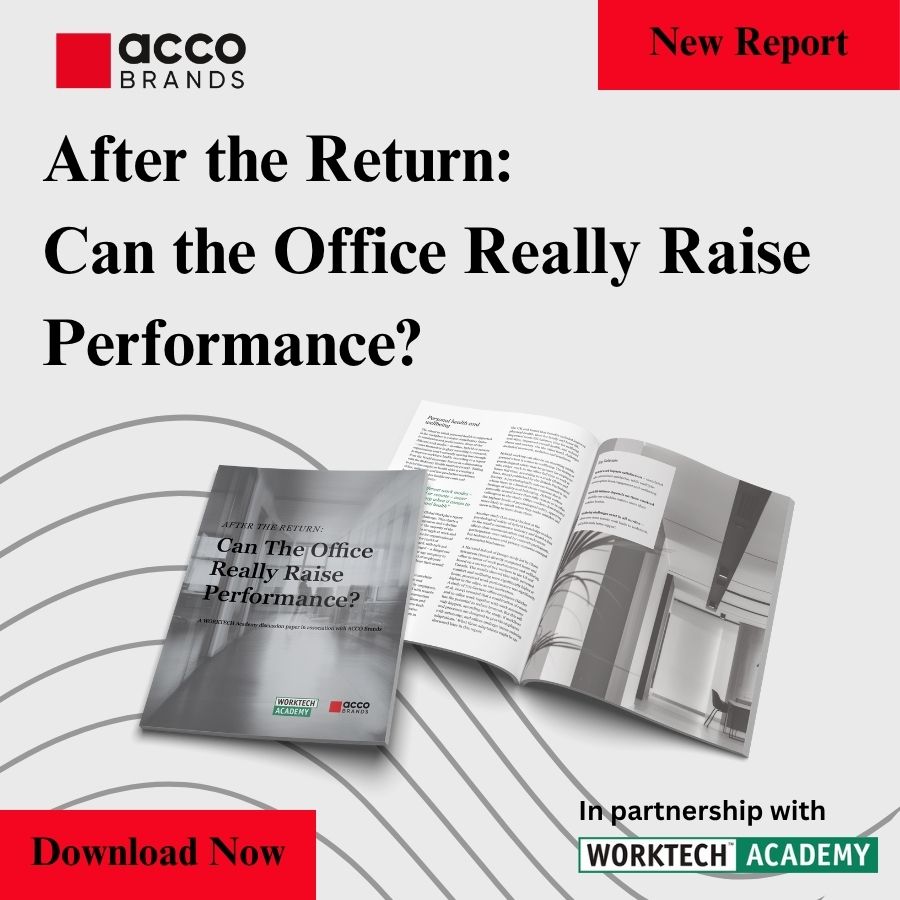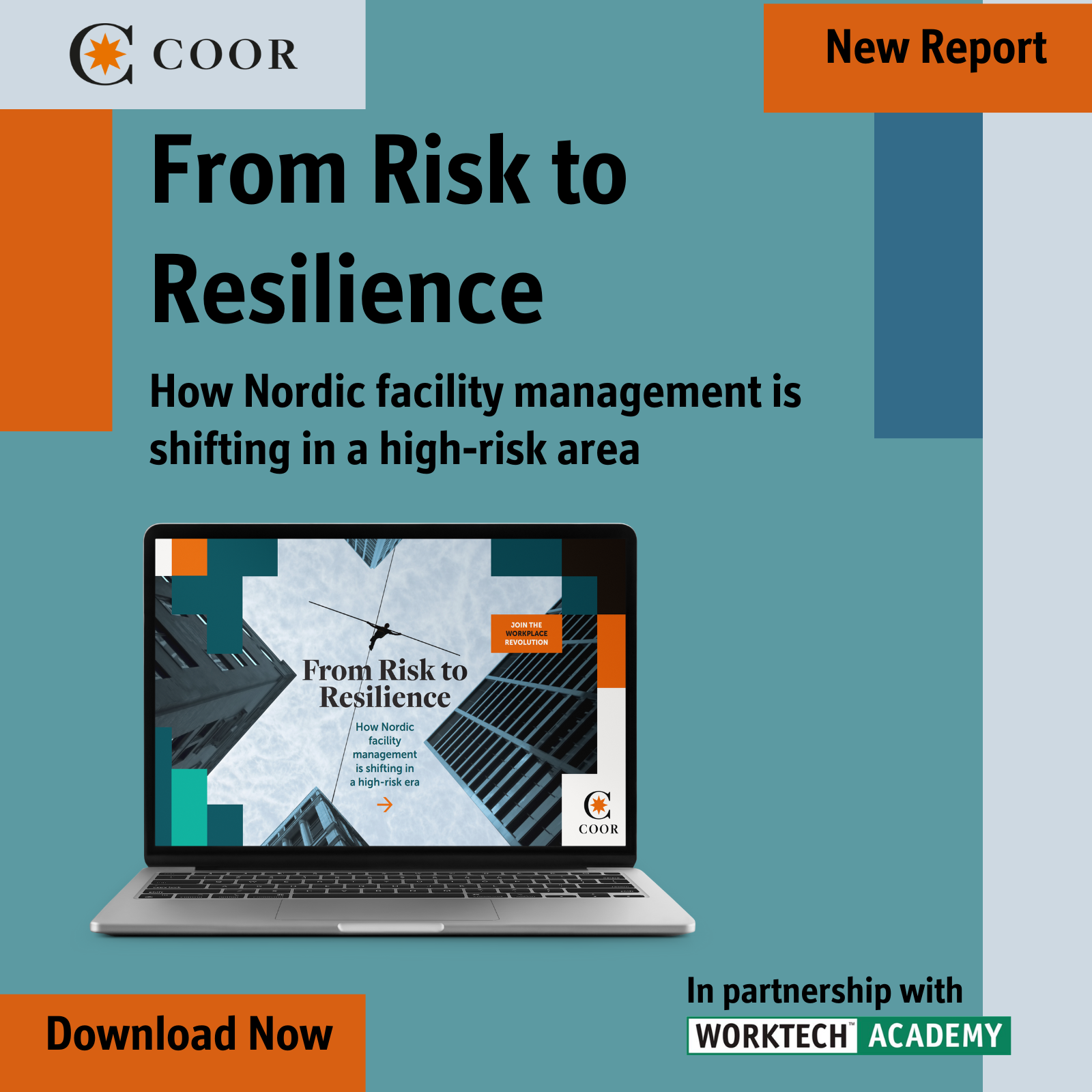Why a lot of familiarity and a little novelty might make sense
Designing a new workplace full of novelty and innovation? Be careful what you wish for. New research suggests that people respond well to familiarity when it comes to our surroundings
Does familiarity breed contempt in workplace design? Apparently not, according to research. In fact, it generates a sort of constructive fondness. However, familiarity doesn’t mean that something is identical over time, just consistent; and being familiar does require that deviations from the known (in other words, novelty) should be thoughtfully managed.
A new international study led by Chen and associates explored the role of typicality (how well an object fits within a category) and novelty (how unique an object is) in determining aesthetic preference. A survey was conducted with 306 participants from non-design backgrounds using furniture as stimuli. The research determined that both typicality and novelty are key predictors of aesthetic preference and that people prefer a combination of both features in design.
When the researchers looked at typicality and novelty in explaining aesthetic preferences across rich categories (with multiple sub-categories) and poor categories (with few sub-categories), the results indicated that typicality is a stronger predictor for poor categories, while novelty has a greater influence on rich categories. These findings suggest that aesthetic preference is shaped by the richness of an object category. Overall, the study offers a nuanced interpretation of the MAYA principle, which is widely recognised in design research: ‘Most Advanced, Yet Acceptable’ is suitable for rich categories while ‘Most Acceptable, Yet Advanced’ is acceptable for poor categories.
Decreasing appeal
The Chen study builds on earlier research which explored similar ground. Diel and Lewis (2022) found that ‘strong deviations from a built environment’s predictable pattern decreases its aesthetic appeal. . . For physical places, unusually designed environments elicit negative experiences of strangeness . . . The aesthetics of built environments could thus be improved by designing them to adhere to their expected typicality.’
In some situations, familiarity is particularly prized. De Vries and colleagues (2010) report that ‘People often prefer familiar stimuli, presumably because familiarity signals safety.’ The researchers go on to report that when people are in a good mood, they are slightly more open to unfamiliar designs than when they’re not.
Research by Litt and teammates (2011) found that stressed people prefer familiar options, even when their experiences with those familiar choices are not positive. The researchers state that ‘results demonstrate that pressure-induced flights to familiarity can sometimes aggravate rather than ameliorate pressure.’
Ortlieb and Carbon (2019) learned that whenever we feel safe and self-sufficient, a longing for curiosity is likely to arise that increases our interest in cognitively challenging aesthetic stimuli. By contrast, when we feel vulnerable and dependent, a longing for safety and nostalgia attracts us not only to familiar and trustworthy individuals but also to conventional aesthetic stimuli charged with positive emotions.
Preference for familiar
Other workplace-applicable research relates to a preference for familiar design. Ward, Goodman, and Irwin (2014) found that, when asked, people are likely to state a preference for unfamiliar selections, but familiar options are usually selected. Lindell and Mueller (2011) determined that people ‘prefer coloured patterns and paintings that are not so familiar as to be boring, and not so unfamiliar as to appear frightening, but just sufficiently familiar to be interesting.’
Familiarity varies based on life experiences (for instance, if people have trained as designers or not). Cultural factors also influence familiarity: for example, Asians, when shown an image or a scene, tend to focus more on the image as a whole, whereas Westerners are more apt to focus on foreground objects (Miyamoto, Nisbett, and Masuda, 2006).
‘Familiar places are also known behaviour settings, making them more comfortable location…’
Familiar places are also known behaviour settings, ones where appropriate, desirable actions are clear to users (Wicker, 1987). This makes them more comfortable locations to be in, even as they evolve over time. For example, when people enter a library, they act ‘library’, they do not disturb others present, focusing quietly on whatever they’re doing.
By incorporating symbolic, iconic aspects of libraries into workspaces, for instance, designers can encourage people to act as they would in a library even when they are not actually in a library (eg. to work in a section of a workplace without disturbing others).
Familiarity, tempered by well-managed novelty, elevates life experiences. Definitely not a contemptable condition.
Read more of the latest research insights from Sally Augustin in Research Roundup, her regular column in the Innovation Zone for WORKTECH Academy members and partners here.
Research Sources
Shaokang Chen, Allan Whitfield, Deidre Barron, Zuriawati Zahari, Safia Suhaimi, Linqi Huang, and Yimin Wang. ‘Categorization and Aesthetic Preference: Examining Typicality and Novelty Across Rich and Poor Categories.’ Empirical Studies of the Arts, in press.
Marieke de Vries, Rob Holland, Troy Chenier, Mark Starr, and Piotr Winkelman. 2010. “Happiness Cools the Warm Glow of Familiarity: Psychophysiological Evidence that Mood Modulates the Familiarity-Affect Link.” Psychological Science, vol. 21, no. 3, pp. 321-328.
Alexander Diel and Michael Lewis. 2022. ‘Structural Deviations Drive an Uncanny Valley of Physical Places.’ Journal of Environmental Psychology, vol. 82, 101844.
Annukka Lindell and Julia Mueller. 2011. ‘Can Science Account for Taste? Psychological Insights Into Art Appreciation.’ Journal of Cognitive Psychology, vol. 23, no. 4, pp. 453-475.
Ab Litt, Taly Reich, Senia Maymin, and Baba Shiv. 2011. ‘Pressure and Perverse Flights to Familiarity.’ Psychological Science, vol. 22, no. 4, pp. 523-531.
Yuri Miyamoto, Richard Nisbett, and Takahiko Masuda. 2006. ‘Culture and the Physical Environment: Holistic Versus Analytic Perceptual Affordances.’ Psychological Science, vol. 17, no. 2, pp. 113–119.
Stefan Ortlieb and Claus-Christian Carbon. 2019. ‘A Functional Model of Kitsch and Art: Linking Aesthetic Appreciation to the Dynamics of Social Motivation.’ Frontiers in Psychology, vol. 9, no. 2437.
Morgan Ward, Joseph Goodman, and Julie Irwin. 2014. ‘The Same Old Song: The Power of Familiarity in Music Choice.’ Marketing Letters, vol. 25, pp. 1-11.
Nicolas Watkins, Frances Cole, and Sue Weidemann. 2010. ‘The War Memorial as Healing Environment: The Psychological Effect of the Vietnam Veterans Memorial on Vietnam War Combat Veterans’ Posttraumatic Stress Disorder Symptoms.’ Environment and Behavior, vol. 42, no. 3, pp. 351-375.
Allan Wicker. 1987. ‘Behavior Settings Reconsidered: Temporal Stages, Resources, Internal Dynamics, Context.’ In Daniel Stokols and Irwin Altman (eds.) Handbook of Environmental Psychology, Volume 1, John Wiley and Sons; New York, pp. 613-653.


